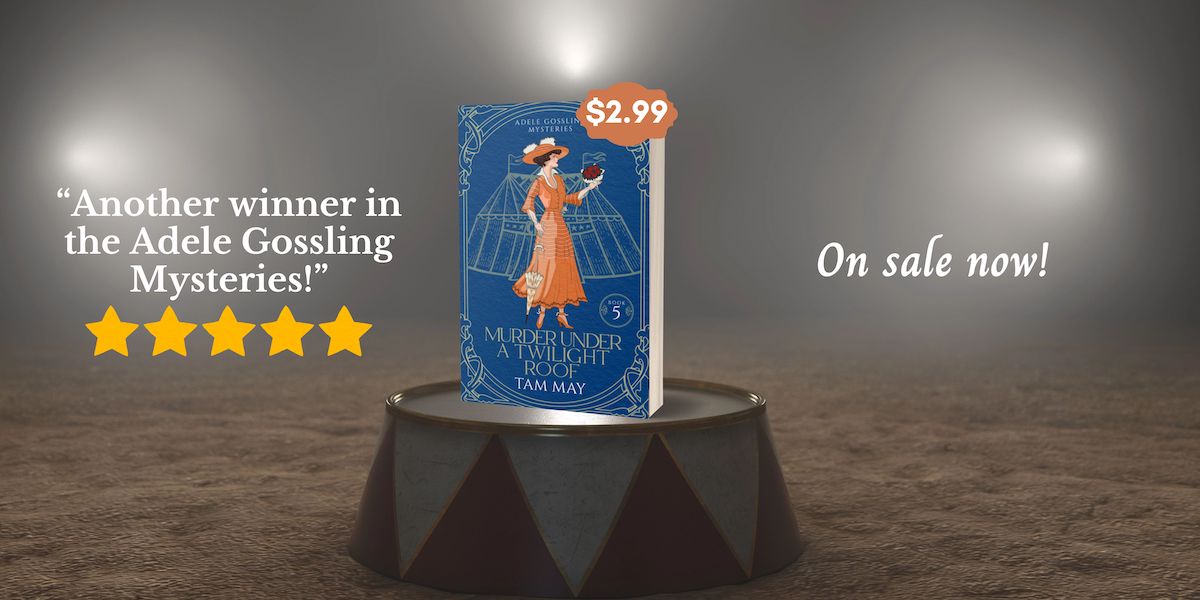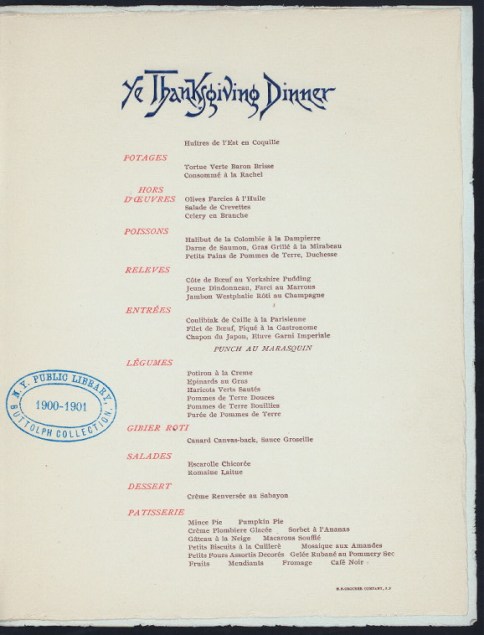I’ve been fascinated by the number 13 since high school when I had a morose phase that included an obsession with Sylvia Plath’s poems. In “Doomsday”, Plath talks about “lunatic thirteens” and the idea of the number thirteen having madness hidden behind it intrigued me.

Photo Credit: Black and white photo of black cat with arched back: BlueGarou/FreeIMG/CC0
But the legend of Friday the 13th (the day, not the movie) is more innocuous than that. Some of its roots are, interestingly, religious rather than occult. The story of the Last Supper is about a table set for thirteen. According to some sources, the last guest to arrive was Judas who, of course, betrayed Jesus, a betrayal that eventually led to the crucifixion. That led to the idea that the number thirteen is an unlucky number.
Many believe the significance of Friday the 13th is more literary. For example, many authors exploited this idea of the unlucky and even haunted thirteen throughout the years, beginning with Hesiod in 700 BC, who warned farmers not to plant their seeds on the 13th day on the month because they wouldn’t grow. Others who singled out Friday the 13th as a day to watch out for include Geoffrey Chaucer in The Canterbury Tales (1387), where Chaucer hinted trying to start a new journey on the thirteenth wasn’t a good idea, and Thomas Lawson in his novel Friday the Thirteenth (1907), where the plot combined the unluckiness of the day with Progressive Era ideals about corrupt business practices that had to go. Right now, I’m reading M. R. James (said to be the godfather of the ghost story), and one of his stories, “Number 13,” also focuses on the idea of the unlucky number and its relation to the supernatural.
Culture also had a hand in determining the number thirteen as an unlucky number. There are superstitions surrounding the idea of “the thirteenth guest”. There’s even a classic pre-code film by that name that stars a non-dancing Ginger Rogers you can watch on YouTube here. Agatha Christie’s book Lord Edgeware Dies, renamed Thirteen for Dinner when made for TV in 1985, carries this idea of the unlucky thirteen. One of the characters at the dinner mentioned above reminds Hercule Poirot about the superstition that bad things happen to the first person who gets up from a table set for thirteen. When Poirot asks him who did get up first, the young man grins and says, “Me.” Since the story is a murder mystery, you can guess what happens to this dinner guest in the film!
While Friday the 13th doesn’t have its day (no pun intended) in my upcoming release, The Mystery of the Golden Cat, there are plenty of unlucky things that happen on another important day of the year: Labor Day. To read all about it, you can preorder the book here.
If you love fun, engaging mysteries set in the past, you’ll enjoy The Missing Ruby Necklace! It’s available exclusively to newsletter subscribers here. By signing up, you’ll also get news about upcoming releases, fun facts about women’s history, classic true-crime tidbits, and more!






